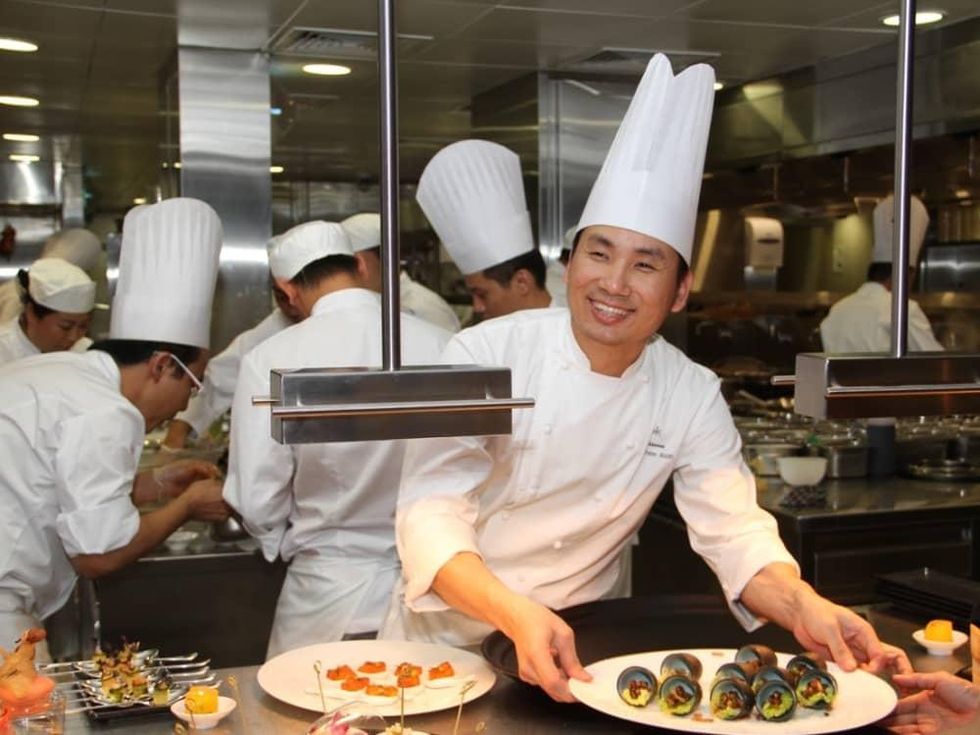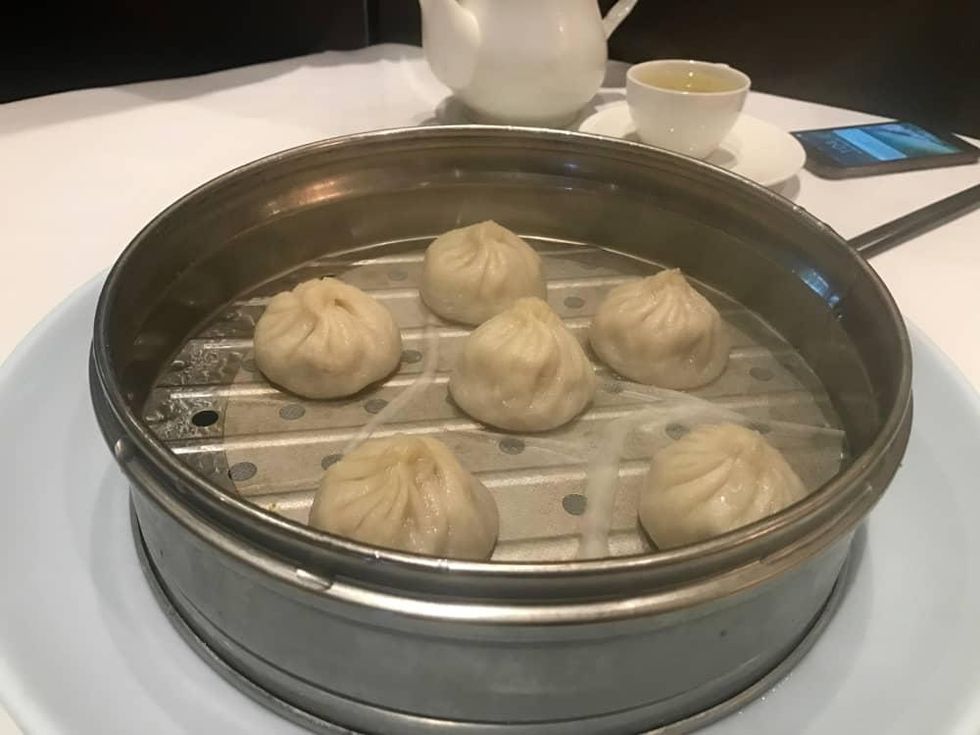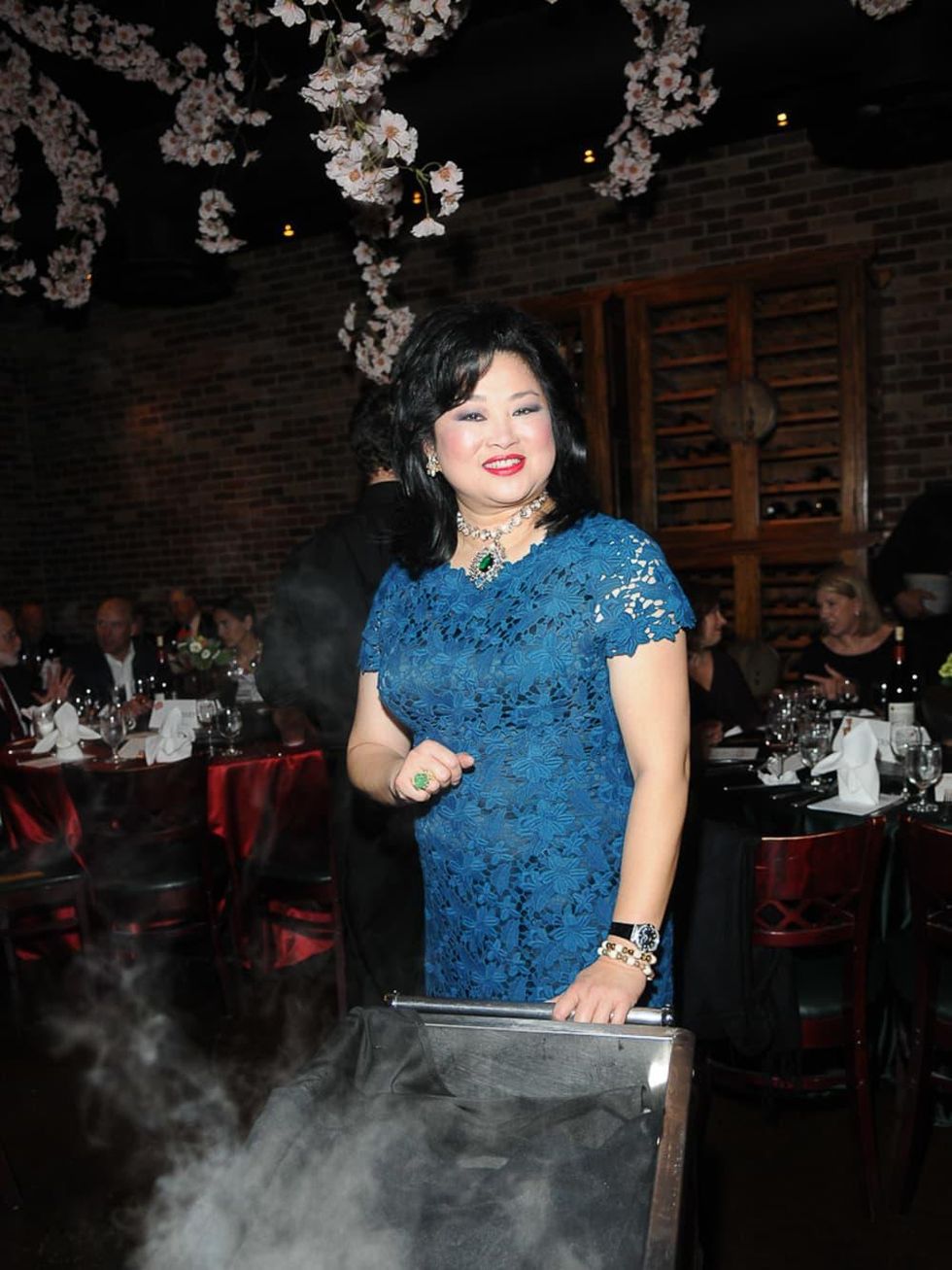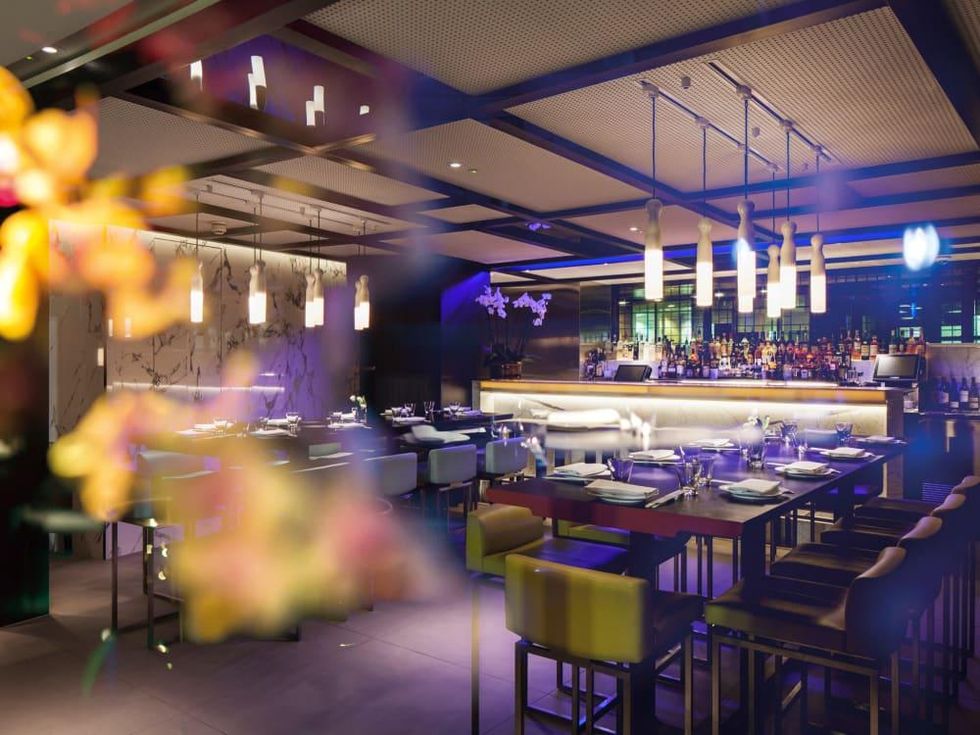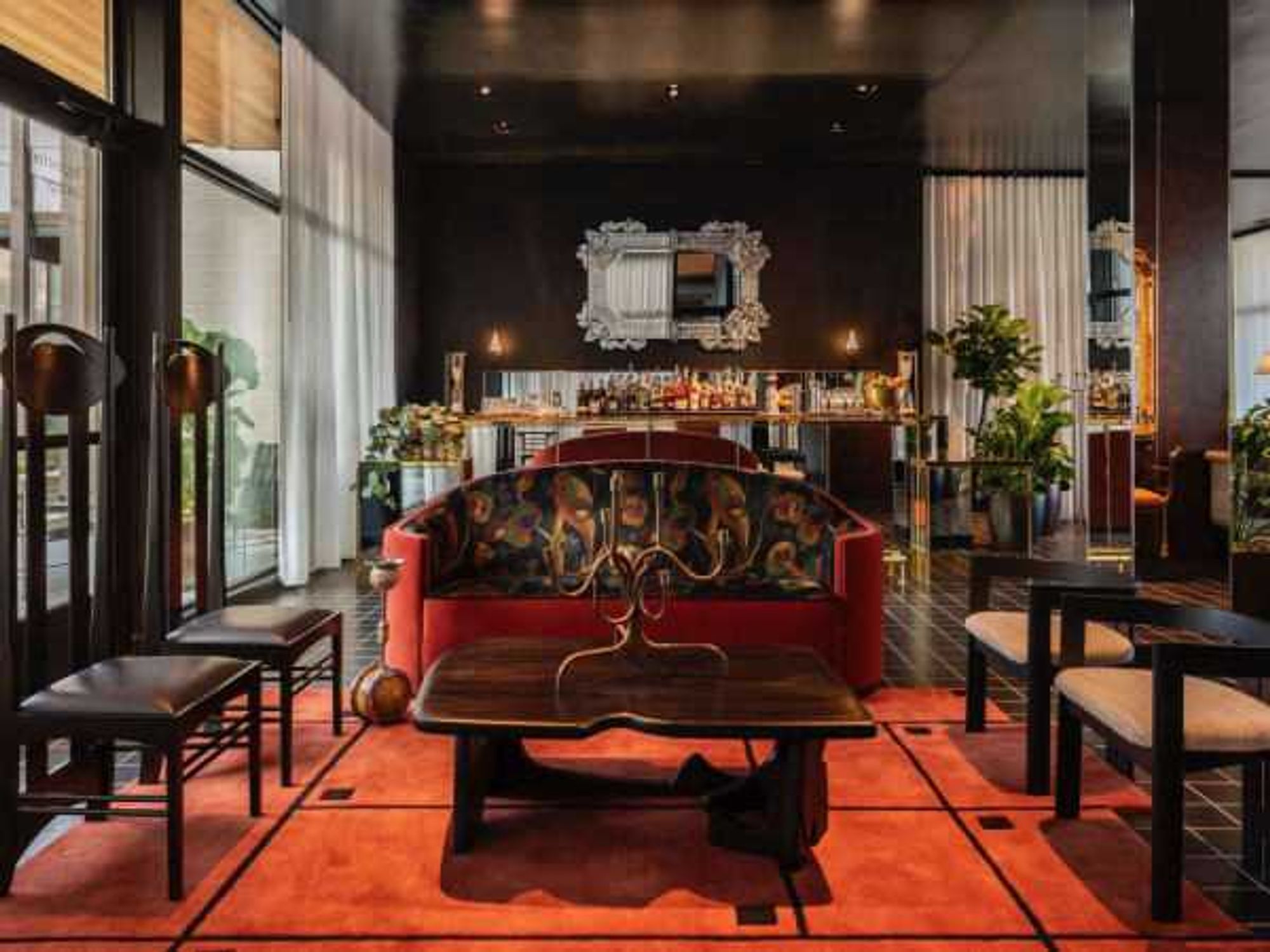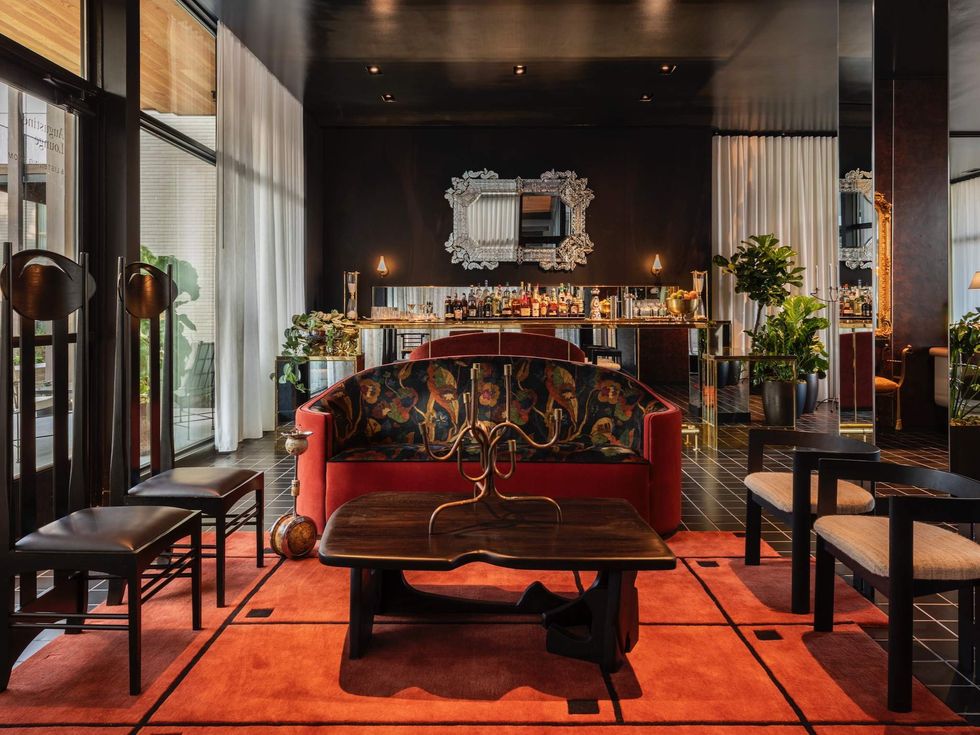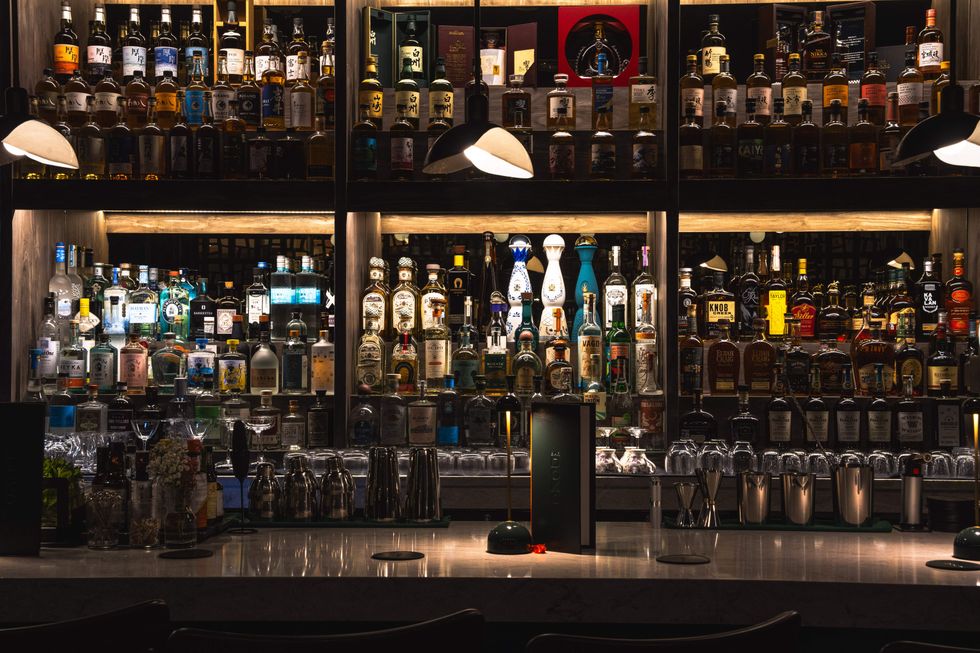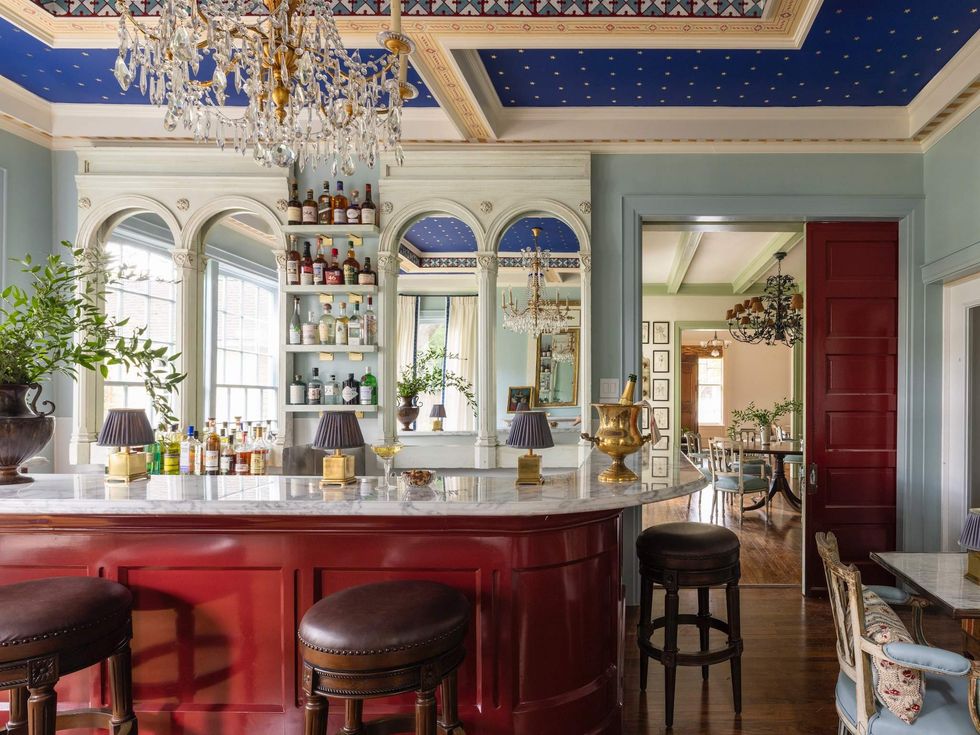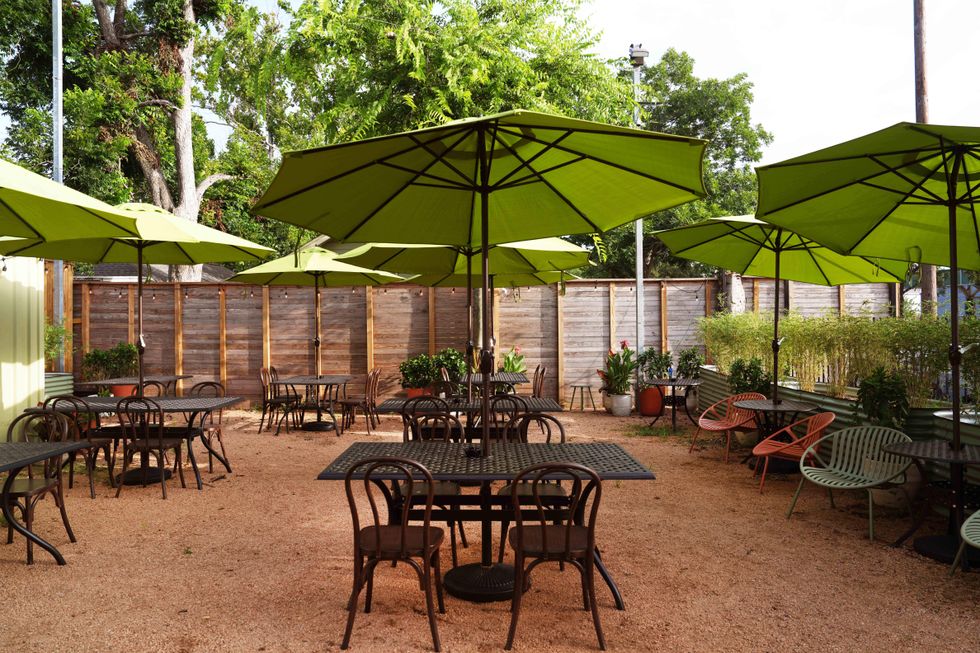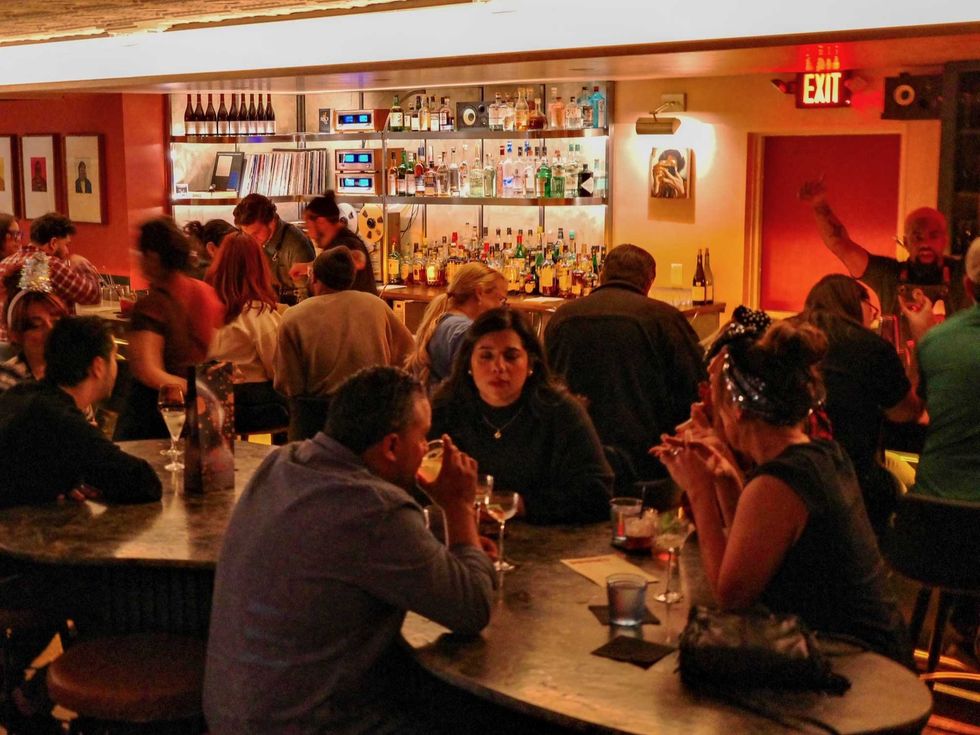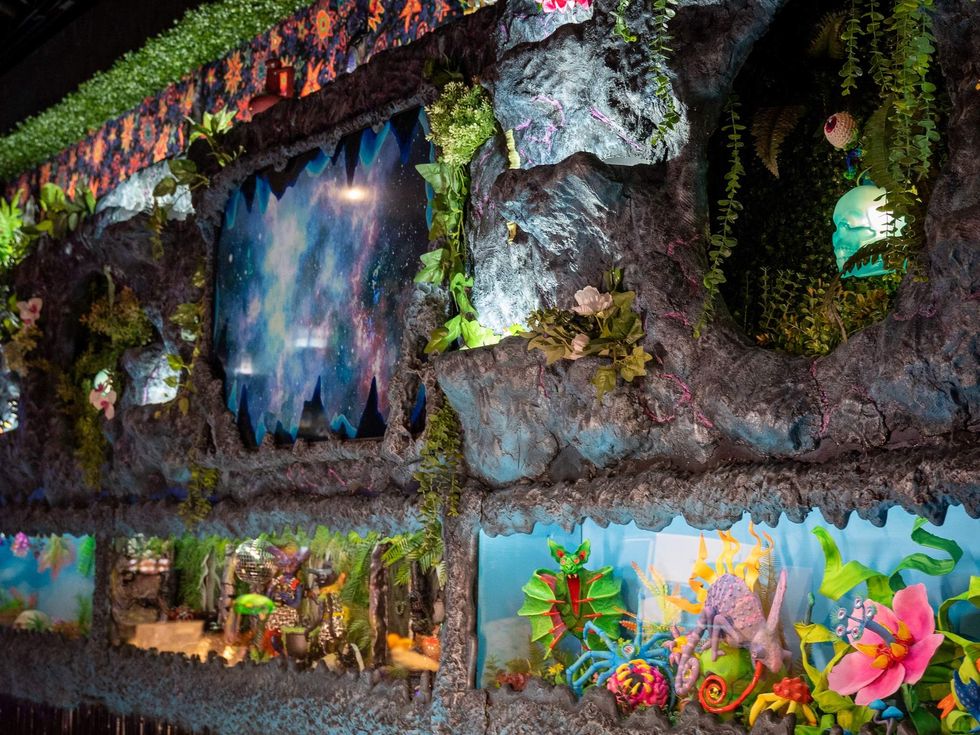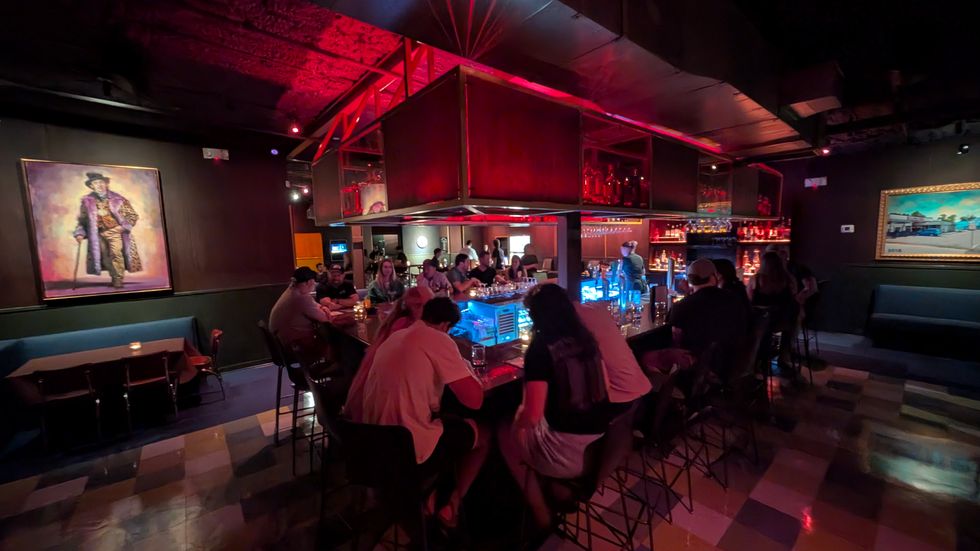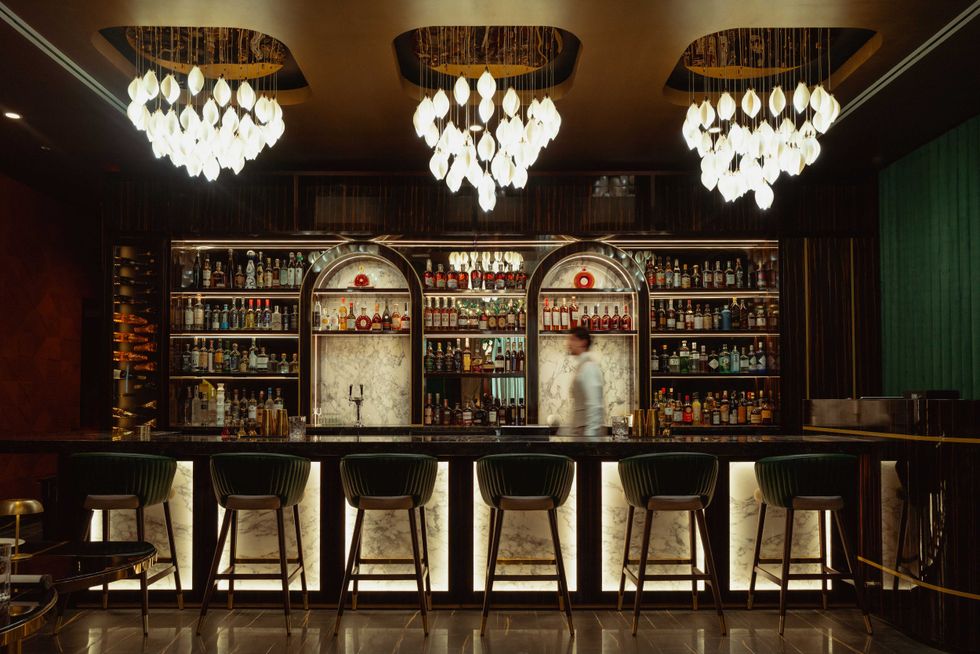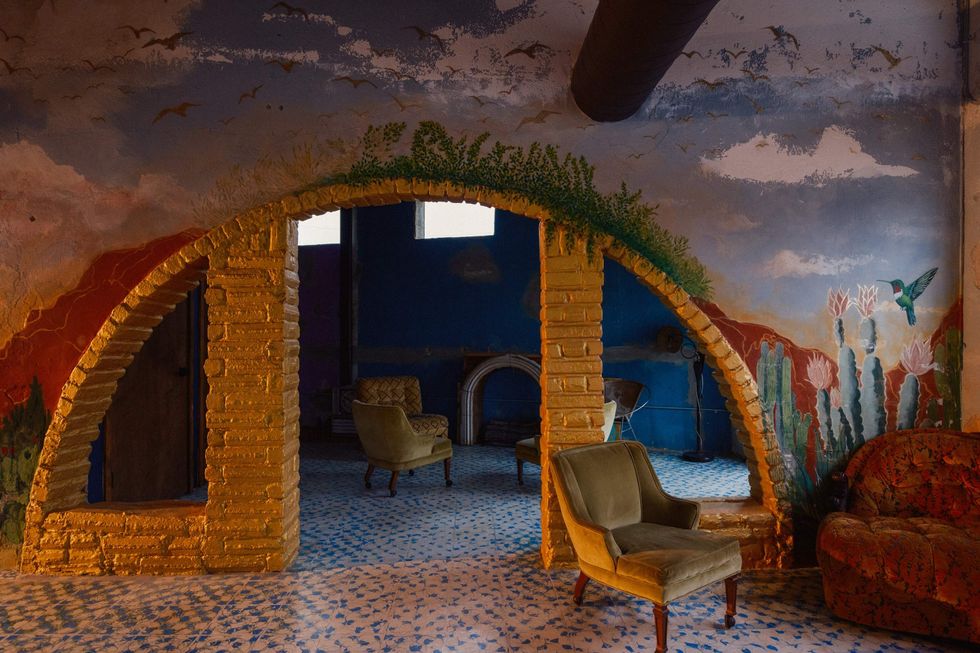Dining with Chef Ho
Veteran chef explains what makes Michelin-starred Yauatcha dim sum restaurant special
In the restaurant world, all eyes are turned to Yauatcha. On Wednesday, the Hakkasan Group’s London-based Michelin-starred dim sum restaurant, tea house, and patisserie opens the doors to its location in The Galleria's "jewel box" building.
Based on the few pictures that have appeared on social media, we know the food looks pretty. Based on its decision to hire Gigi Huang as its marketing ambassador, we know it aims to attract the see-and-be-seen crowd that’s kept Steak 48 and Le Colonial packed since they opened; that goal is off to a good start. Houston society titan Lynn Wyatt is hosting a private, pre-opening charity dinner there.
Perhaps most importantly, based on the prices of its recently-opened location in Waikiki, it will be more expensive than Houston’s traditional dim sum restaurants (as of Monday morning, the Houston website lists menu items but not prices). With that in mind, CultureMap asked the restaurant to explain what makes it food different than those other places. They responded with an interesting proposal: lunch with executive chef Ho Chee Boon at a Houston restaurant where he could discuss both how local restaurants approach the cuisine and what Yauatcha does differently.
Chef Ho brings 30 years of experience to his role. The son of Chinese parents who grew up in Malaysia, Ho worked all over Southeast Asia before arriving in London to open Yauatcha’s original Soho location in 2004. He’ll spend the next two months or so supervising the opening before returning to England. From the beginning, chef Ho tells CultureMap that the restaurant established itself as being different than its would-be competitors.
“(Then owner Alan Yau) gave us everything we wanted . . .We could ship products from Asia,” Ho says. “In London at other Chinese restaurants, they couldn’t do the same. They use different products. They could not do authentic Cantonese cuisine, but at Yauatcha we could do everything we wanted on day one. We didn’t care about the cost.”
The same holds true for the Houston location. All of the kitchen equipment, even the knives, has been shipped from Hong Kong to provide the chefs with the proper tools to make authentic shumai, hai gow, and chashu buns — the three dishes Ho says are essential in dim sum.
Prior to the opening, chef Ho visited a few Chinese restaurants in Houston. He couldn’t recall the names in English, but said they included a Sichuan restaurant, a Shanghai-style restaurant, and two Cantonese restaurants (Update: the restaurant has identified them as: Arco Seafood, Sarah Place, Kim Son, and Crown Seafood). Overall, he said he thought they were “pretty good,” but he noticed one trend that’s common to Chinese restaurants in America.
“Chinese restaurants they just normally think about the profit (first). They don’t care (as much) about quality. I think they can do much better,” Ho says. “Yauatcha is expensive, but compared to the margin cost we are (lower margin) than other Chinese restaurants. Here, their margin may be 75-percent. At Yauatcha, we have the food cost at 30-percent.”
“Here” being Regal Seafood House, a Chinese restaurant in Stafford that serves dim sum during the week. Chef Ho selected it based on a recommendation he received but hadn’t been there before. After studying the menu, he ordered hai gow (steamed shrimp dumplings) in ginseng broth, taro puff, egg custard buns, chow fun noodles, and soup dumplings.
He seemed surprised by the portions — five large hai gow and six soup dumplings — and noted that Yauatcha always serves their dumplings in orders of three. “The skin and texture is correct,” he said of the shrimp dumplings. “They’re doing it the correct way.”
The soup dumplings earned praise for their fragrant broth but in his estimation the skins were too thick. Ho thought the steamed bun should have had a more crispy exterior but enjoyed the custard inside. He didn’t offer much comment about the taro puff or chow fun; let’s just say he wasn’t fighting over the last bite.
The chef’s reaction seems to be about on par for most of Houston’s dim sum restaurants. People have their favorites, but the menus and experience are all pretty similar.
Will Houstonians be willing to pay a premium for dumplings filled with white shrimp from the Gulf of Mexico or shumai that utilize scallops that are flown in fresh daily? Londoners certainly do; Ho says that restaurant still serves 700 diners per day.
“At Yauatcha, we care about our quality. We use the best products, and then we have good service,” Ho says. “We care about our customers’ feelings. We want our customers to be happy. We want to make things the correct way.”
In Soho, the restaurant’s decision to operate at a higher margin and charge a premium price has been working for over 10 years. Whether Houstonians agree that the taste and overall experience live up to the hype remains to be seen, but if the chef and his team live up to Ho's exacting standards, the city should be in for lots of good meals.
Editor's note: Since chef Ho is not a native English speaker, we have slightly altered his syntax to make his comments more readable. The words are his.
